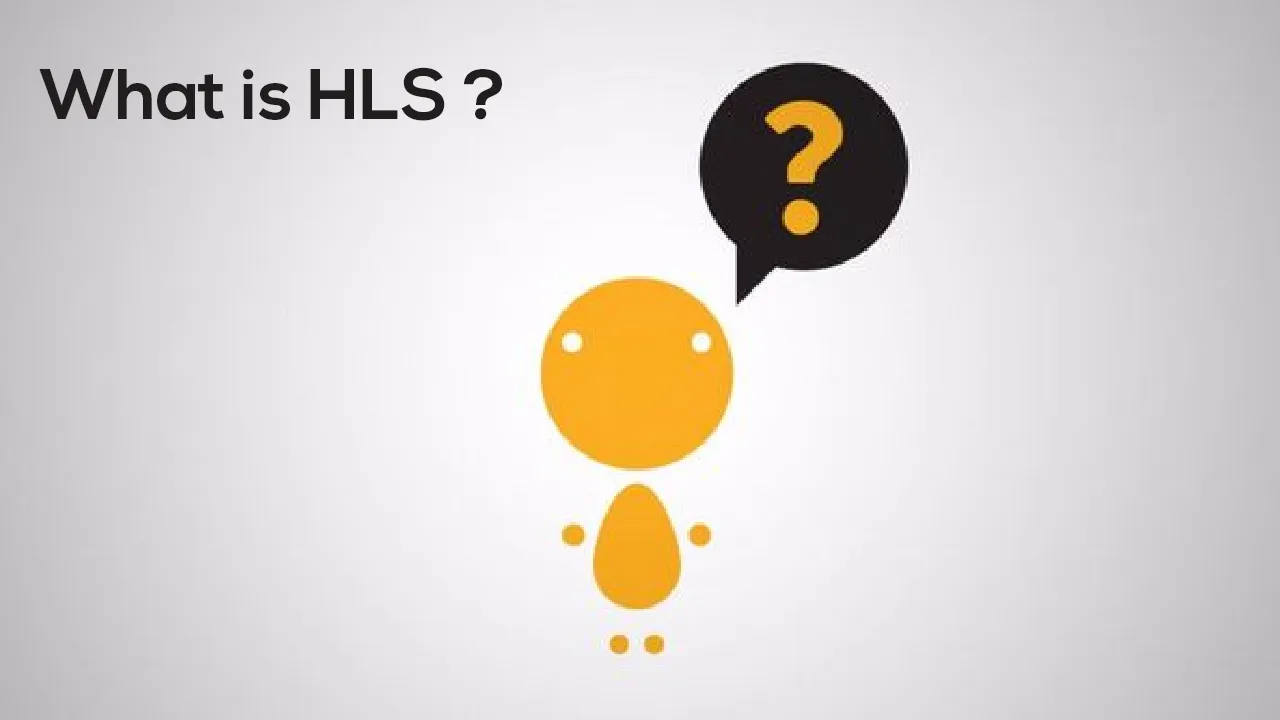HTML5 live streaming solutions have become more popular lately. One of them is the HLS protocol. There are some reasons why this is so popular, the most important of which is that RTMP lost its support by the end of 2020.
In 2017, Adobe announced that it will no longer support RTMP after the end of 2020. After this date, the question of what is HLS gained more importance. Adobe’s RTMP protocol is now a thing of the past.
However, will it be beneficial for viewers and broadcasters to switch to HLS and therefore HTML5? We mentioned one of the most important reasons above. HTTP-based protocols deliver the best video quality and viewer experience possible regardless of the connection, software, or device.
But, it is necessary to plan this change process well. Although HTML5 protocols are exciting technologies, the transition to HTML5 protocols requires time and effort. As we mentioned, HTML5 standards deeply affected the live streaming world.
In this blog post, you will find the answer to the question of what is HLS streaming, learn the advantages of HLS and its technical information, and at the same time, you will see why you should switch your live streaming solution to HLS.
Let’s dive into the definition of HLS!
What is HLS Streaming Protocol (HTTP Live Streaming)?
So, what is HLS? HLS stands for HTTP Live Streaming. HLS is an adaptive HTTP-based protocol used for transporting video and audio data from media servers to the end-user’s device.
HLS was created by Apple in 2009. Apple announced the HLS at about the same time as the legendary device iPhone 3. Earlier generations of iPhone 3 had live streaming playback problems, and Apple wanted to fix this problem with HLS.
Features of HLS video streaming protocol
- Closed captions
- Fast forward and rewind
- Alternate audio and video
- Fallback alternatives
- Timed metadata
- Ad insertion
- Content protection
HLS Technical Specifications
- Audio Codecs: AAC-LC, HE-AAC+ v1 & v2, xHE-AAC, Apple Lossless, FLAC
- Video Codecs: H.265, H.264
- Playback Compatibility: It was created for iOS devices. But now all Google Chrome browsers; Android, Linux, Microsoft, and macOS devices; several set-top boxes, smart TVs, and other players support HLS. It is now a universal protocol.
- Benefits: Supports adaptive bitrate, reliable, and widely supported.
- Drawbacks: Video quality and viewer experience are prioritized over latency.
- Latency: HLS allows us to have 5-20 seconds latency, but the Low-Latency HLS extension has now been incorporated as a feature set of HLS, promising to deliver sub-2-second latency.
What is Low-Latency HLS?
Here’s how Apple explained Low Latency HLS:
Low-Latency HLS extends the protocol to enable low-latency video streaming while maintaining scalability. The new low-latency mode lowers video latencies over public networks into the range of standard television broadcasts.
What is a Protocol?
Yes, HLS is a live streaming protocol. But, it is useful to explain this term protocol, which we constantly hear. So, What is a streaming protocol? A streaming protocol is a standardized method of transmitting video or audio content between devices over the internet.
A video streaming protocol sends “chunks” of video or audio content from one device to another device. The method of converting these “chunks” into replayable content on the player device is called the “reassembling” method.
For a successful process, the end device must support the protocol used by the sender. Otherwise, it will not be possible to play the broadcast. Another important point is that the protocol is thought to mean the same as the codec.
What is a codec?
Codecs are compression technologies with two components; an encoder to compress the file in the first device and a decoder to decode the file when played by the end device(viewers)
HLS supports many popular codecs such as:
- Audio: AAC-LC, HE-AAC+ v1 & v2, xHE-AAC, Apple Lossless, FLAC
- Video: H.265, H.264
#hls #streaming #video-streaming #html5
